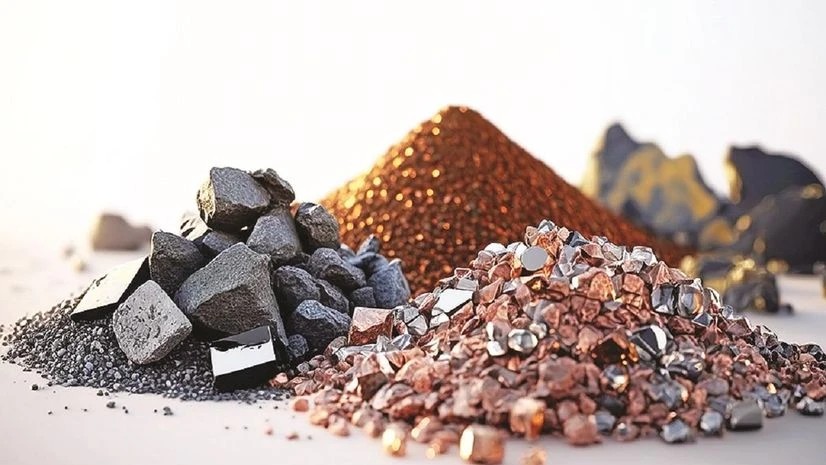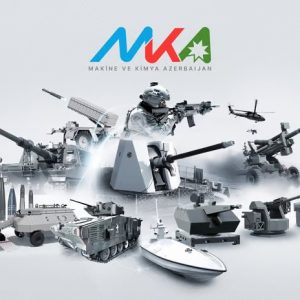European manufacturers are again confronting material shortages and line stoppages as China’s rare earth export controls tighten, despite assurances from the July summit to fast-track licenses for EU firms. The European Union Chamber of Commerce in China warns that approvals have slowed only weeks after the Beijing summit, with fewer than one in four tracked applications cleared, exposing automakers, chipmakers and defence suppliers to renewed disruption [1].
Over the last two years, Beijing has added layers of licensing to rare earth oxides, alloys and rare‑earth permanent magnets, arguing the measures are non‑discriminatory and consistent with national security interests. In June–July, customs data showed a sharp rebound in magnet exports after diplomatic deals with the U.S. and the European Union, but the relief proved fleeting as backlogs re‑emerged by September [1][2]. For European boardrooms, the stop‑go pattern is now a strategic risk rather than a temporary hiccup.
What changed since July—and why it matters
At the 25th EU–China Summit on 24 July, Brussels acknowledged Beijing’s commitment to “fast‑tracking licences for critical raw materials” and agreed to upgrade the export‑control dialogue [3][4]. Yet companies report that processing times lengthened again by early September, and the Chamber says member complaints are rising as inventories thin. The result is a widening gap between political optics and factory realities: even small delays propagate through just‑in‑time supply chains, forcing costly re‑sequencing or outright shutdowns at tier‑one and tier‑two suppliers.
For the defence and aerospace base, the timing is fraught. Permanent magnets such as NdFeB (neodymium‑iron‑boron) underpin actuation systems, guidance fins, radar gimbals, fly‑by‑wire servos and electric auxiliary drives. Production pauses in civilian plants quickly spill into military programmes because many European primes share magnet sub‑suppliers with automotive and industrial OEMs. In a world of surging munitions demand and fleet recapitalisation, another magnet bottleneck worsens the already precarious cost‑exchange on short‑range air defence, loitering munitions, and electric‑drive combat systems.
The policy mechanics: licensing and leverage
Beijing’s regime requires exporters to obtain Ministry of Commerce (MOFCOM) licences for selected rare earth forms and magnet products. Declarations must flag controlled items and their dual‑use control numbers; shipments can be held during queries, creating unpredictable dwell times and working‑capital strain [5]. Chinese authorities frame the rules as technology‑security measures rather than trade retaliation, a position repeated in June and July statements that described the controls as “non‑discriminatory” and open to dialogue [6][7].
The practical effect is leverage. Because China still refines and processes the overwhelming majority of rare earths, particularly heavy elements like dysprosium and terbium, even modest administrative friction ripples globally. The brief post‑summit release of licences lifted exports in June and July—U.S.‑bound magnet volumes jumped more than six‑fold from May—but left Europe exposed when approvals slowed again [2].
Europe’s structural exposure—and limited buffers
The EU Critical Raw Materials Act (CRMA) set a 2030 target to avoid more than 65% dependency on a single non‑EU country for any strategic material. That threshold was designed with rare earths in mind [8][9]. Yet building buffers is slow. Domestic EU magnet projects remain years away from scaled output, and allied diversification—to Japan, the U.S., Australia or Vietnam—competes for the same feedstock and metallisation capacity. Substitution helps at the margins (ferrites, motor redesigns, or field‑wound alternatives) but often sacrifices performance, thermal stability or footprint.
Meanwhile, European OEMs lack the storage space and balance‑sheet appetite to carry months of magnet inventory. Tier‑two winders and motor houses report that speculative buying during the spring restrictions left them holding high‑priced stock just as licence releases eased, only to face renewed tightness now. That roller‑coaster undermines supplier solvency and complicates costed offers in defence RFPs.
Strategic implications for defence and aerospace
The defence sector’s magnet demand is narrow in absolute tonnage but highly inelastic: a missing handful of high‑coercivity rotors can ground a squadron’s worth of actuators or delay a missile‑line lot acceptance. Programme managers therefore confront a familiar triad: redesign, re‑source, or reschedule. Redesign swaps magnet grades or geometries; re‑sourcing chases alloying and sintering houses outside China; rescheduling spreads scarce parts across priority lines. None are painless.
In the near term, European primes and tier‑ones can pursue three realistic mitigations:
1) Contractual magnet reserves. Treat NdFeB/Dy/Tb content as managed strategic items with vendor‑held safety stocks and penalty‑backed delivery windows. Align this with NATO urgent operational needs where applicable.
2) Parallel qualification. Certify at least two metallisation routes for each critical magnet assembly—one Chinese, one non‑Chinese—even if unit cost rises. This mirrors dual‑sourcing mandates introduced for gallium and germanium in 2023–24.
3) Design for downgrade. Engineer servo and actuator envelopes with headroom to accept lower‑grade magnets in crisis, trading duty cycle or torque for continuity. Document these fallbacks in Type Design data packs to speed airworthiness approvals.
Longer term, the CRMA’s investment signals should accelerate EU metallisation, recycling and motor‑grade magnet lines. But capital discipline demands predictable offtake. Defence ministries and export‑credit agencies can underwrite demand via multi‑year framework buys tied to European munitions scaling and fleet electrification.
Reading the signals: policy vs. production
What should industry watch now? First, the pace of licence approvals reported by the EU Chamber in Beijing. If the approval rate remains around 25%, expect widening stoppages by Q4 as safety stock drains. Second, customs‑reported magnet export volumes—a renewed dip would confirm that paper bottlenecks are binding. Third, summit deliverables: the upgraded export‑control dialogue needs visible SLAs (service‑level agreements) on processing times to rebuild trust.
For procurement teams, the lesson is plain: treat China rare earth export controls not as a headline risk but as a scheduling parameter. Bid buffers, dual sources, and downgrade designs should be standard across actuation, radar, seeker and power‑dense motor applications.
Internal Link
For related coverage on China’s strategic export policies and their impact on air defence ecosystems, see our analysis of counter‑UAS architectures shaped by Chinese systems: China’s FK‑3000 Anti‑Drone System.
External Link
For the original report on Europe’s licensing setbacks and the Chamber’s warnings, read: Reuters: EU firms brace for more shutdowns.
Key Facts
- Less than 25% of ~140 export‑licence applications linked to EU firms have been approved, the Chamber says [1].
- June–July magnet shipments rebounded after diplomatic deals, then slowed again by September [1][2][3].
- China says curbs are non‑discriminatory and tied to security considerations [6][7].
- CRMA’s 65% dependency cap by 2030 underscores Europe’s exposure and policy response [8][9].
Alt Text (for media library)
Alt text suggestion: “China rare earth export controls tighten EU supply chains across autos, chips and defence.”
References
[1] Reuters, “EU firms brace for more shutdowns due to China rare earth controls,” 17 Sep 2025.
https://www.reuters.com/world/china/eu-firms-brace-more-shutdowns-due-china-rare-earth-controls-despite-summit-2025-09-17/
[2] Reuters, “China’s exports of rare‑earth magnets to the U.S. surge in June,” 20 Jul 2025.
https://www.reuters.com/world/china/chinas-exports-rare-earth-magnets-us-surge-june-2025-07-20/
[3] EEAS Readout, President von der Leyen statement after EU–China Summit, 23 Jul 2025.
https://www.eeas.europa.eu/eeas/statement-president-von-der-leyen-president-costa-following-eu-china-summit_en
[4] Council of the EU, Press Release on the 25th EU–China Summit, 24 Jul 2025.
https://www.consilium.europa.eu/en/press/press-releases/2025/07/24/25th-eu-china-summit-eu-press-release/
[5] MOFCOM Announcement No. 18 (export declaration controls), 2025.
https://english.mofcom.gov.cn/Policies/AnnouncementsOrders/art/2025/art_0dd87cbee7b045bf93fabe6ab2faceee.html
[6] Reuters explainer, “What to know about China’s rare earth export controls,” 4 Jun 2025.
https://www.reuters.com/business/autos-transportation/what-know-about-chinas-rare-earth-export-controls-2025-06-04/
[7] Defense One, “How China’s new rare‑earth export controls target the Pentagon—and the world,” 9 Jul 2025.
https://www.defenseone.com/ideas/2025/07/how-chinas-new-rare-earth-export-controls-target-pentagonand-world/406606/
[8] European Commission, Critical Raw Materials Act overview.
https://single-market-economy.ec.europa.eu/sectors/raw-materials/areas-specific-interest/critical-raw-materials/critical-raw-materials-act_en
[9] Council of the EU, CRMA infographic and targets.
https://www.consilium.europa.eu/en/infographics/critical-raw-materials/








